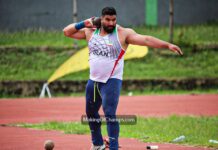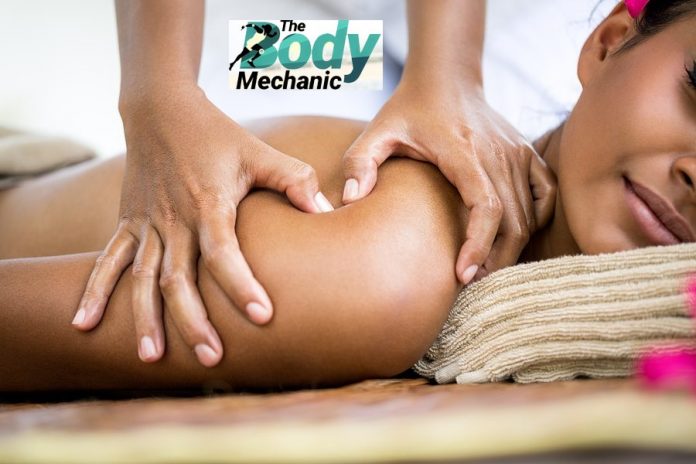Every health professional has tools and resources they use, in order to provide the best healthcare they can for their clients. In today’s ‘tools in my toolbox,’ I’ll be expanding a little on a treatment modality, that is often requested by clients, due to its efficacy and the quick results garnered from its use.
It is rare to get a definition from the general public of Physiotherapy or Sports therapy that doesn’t involve the word massage. In fact, Physiotherapy and massage are so often associated together that If I had a penny for every time I’ve been described as a masseuse, I believe I’d be relatively well off by now. However, an important difference between the two is that while both Massage therapists and Physiotherapists are skilled in their fields, Physiotherapy is classified as a medical profession and utilizes a variety of modalities, (some of which you’ll get to know more about in the ‘toolbox series lol), other than massage for client treatment. Meanwhile, massage therapy is classified as an alternative medicine.
Massage therapy is known as one of the oldest methods of healing, apparently going back over 4000 years. It helps to stimulate normal movement and function in one of two ways.
Relaxation response
The relaxation response is brought about by the manipulation of soft tissue structures such as muscles, which create a calming effect by reducing your heart rate, breathing rate and blood pressure. This response also results in a decrease in the production of stress hormones, whilst increasing the availability of chemicals in the body that positively affects emotions and thoughts. In short, it is the counterpart to our body’s fight or flight response, (our body’s response to a threat).
Mechanical Response
Th mechanical response on the other hand refers to the ability of massage to increase blood circulation among other things. This increase in circulation occurs due to the physical manipulation of soft tissue, (and also because of the chemicals released as part of the relaxation response). Improved circulation can increase the delivery of oxygen and nutrients to muscle cells, which causes them to function more efficiently. More efficient functioning then leads to the removal of waste products in the body.
Both the relaxation and the mechanical response aid muscle relaxation and reduce painful contractions and spasms, I often rely on sports or deep tissue massage techniques in my role with our athletes because it focuses on aligning deeper layers of muscles and connective tissue, which helps to enhance athletic performance and recovery. That aside, it’s also a great go to on the tracks because it really does offer a relatively quick form of pain relief, which comes in handy when the athletes have to jump straight back into training.
Do Deep Tissue Massages Hurt?
There might be an element of discomfort or even pain during a deep tissue massage, especially if your muscles are very tight and knotted up. However, a therapist should be able to adjust their technique or further prep the tissue to limit this as much as possible. That being said, it is common to experience soreness in the massaged area for a day or two post treatment, more so if you don’t get a massage very often or you haven’t had one before. The soreness is called DOMS ( delayed-onset muscle soreness) and is similar to the muscle aches that can occur a couple of days after a gym workout.
Funny story, when I first started working with the athletes of MoC, I realised that some of the guys rarely ever came to me for any therapy related assistance. It wasn’t until our latest competition that I got wind of the fact that they didn’t think I looked the part in terms of strength to deliver any form of deep tissue work, talkless of an effective one.
It is often thought that sports therapists need to have Popeye level arm strength to be good therapists, often leading to many queries and assumptions about the strength of a female therapist. In reality though, a good therapist, whether male or female doesn’t rely purely on upper body strength because it isn’t energy efficient, would lead to an ineffective treatment process and result in self injury to the therapist all too quickly.
As much as female therapists may be shorter and with less muscle mass, don’t underestimate the strength we have fostered through technique. I can laugh now because I know I have rubbished some of the previously held thoughts the athletes’ may have had about a female therapist, if not from their word of mouth, then from their grunts of discomfort at times, during treatment. The joke’s on them now Hehehe.



















